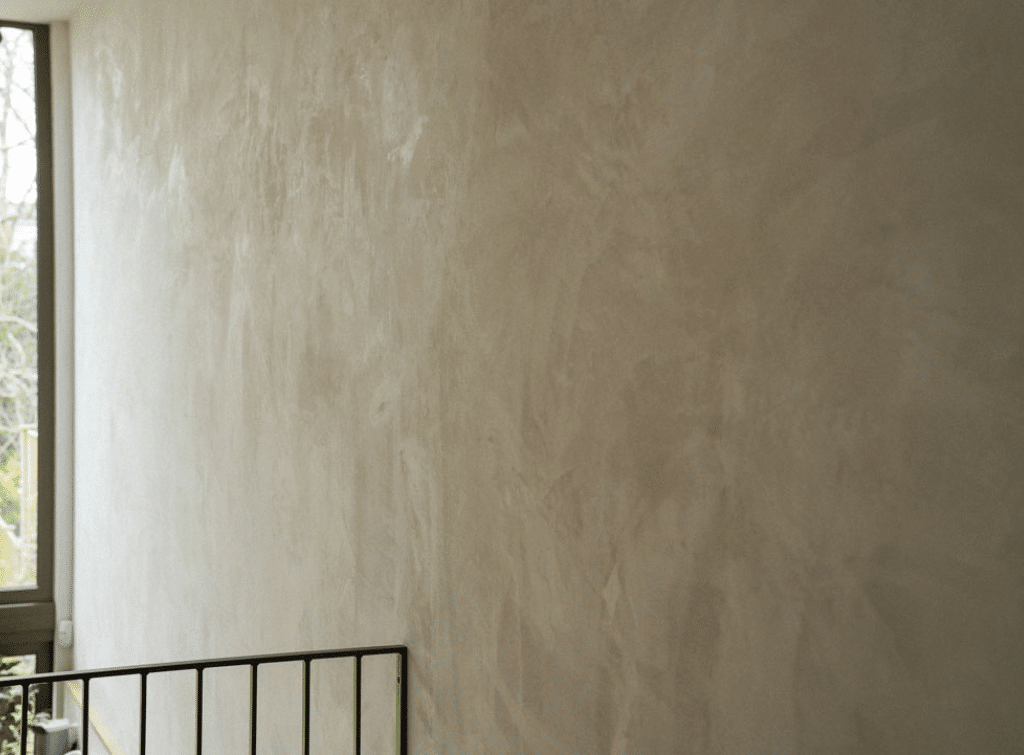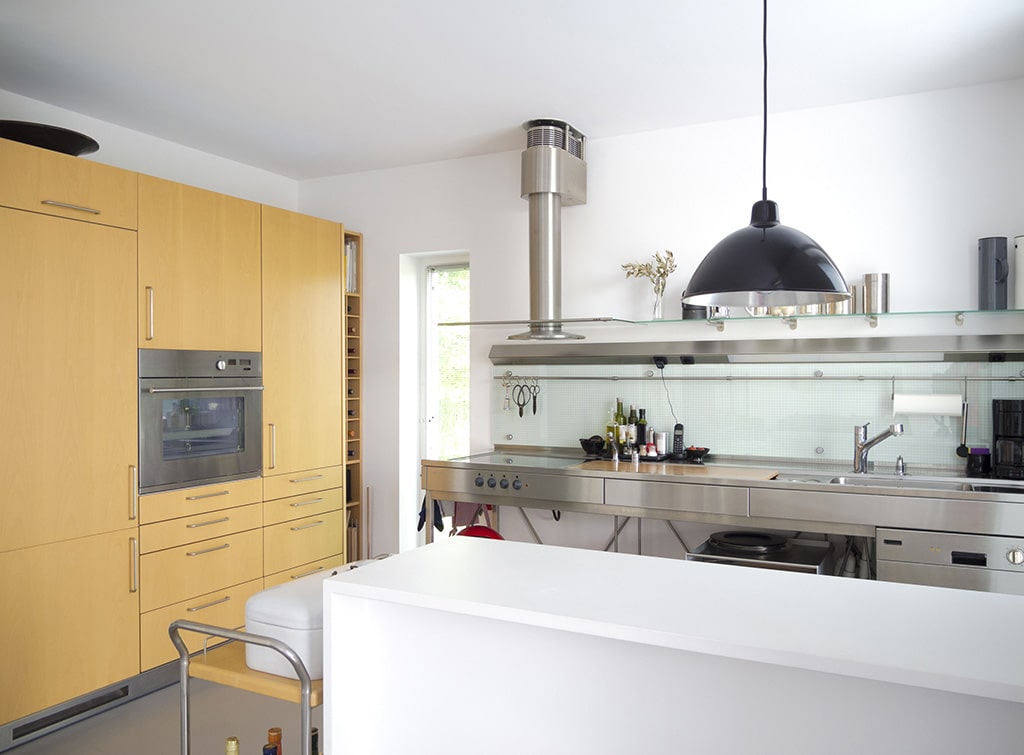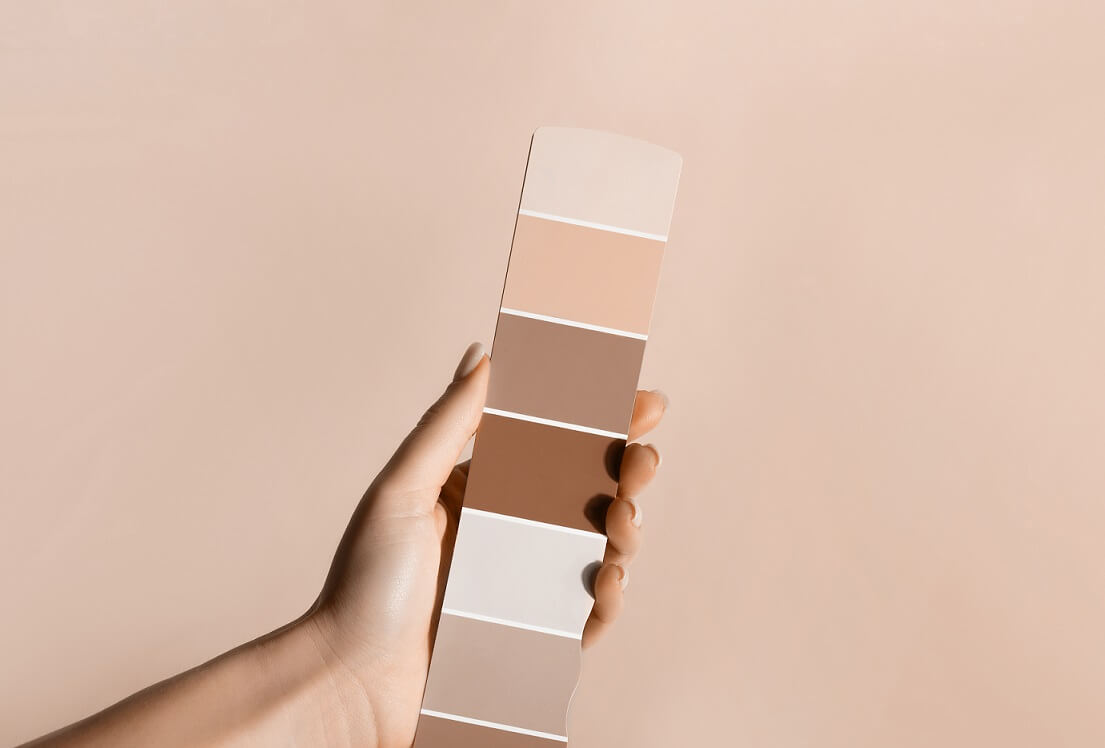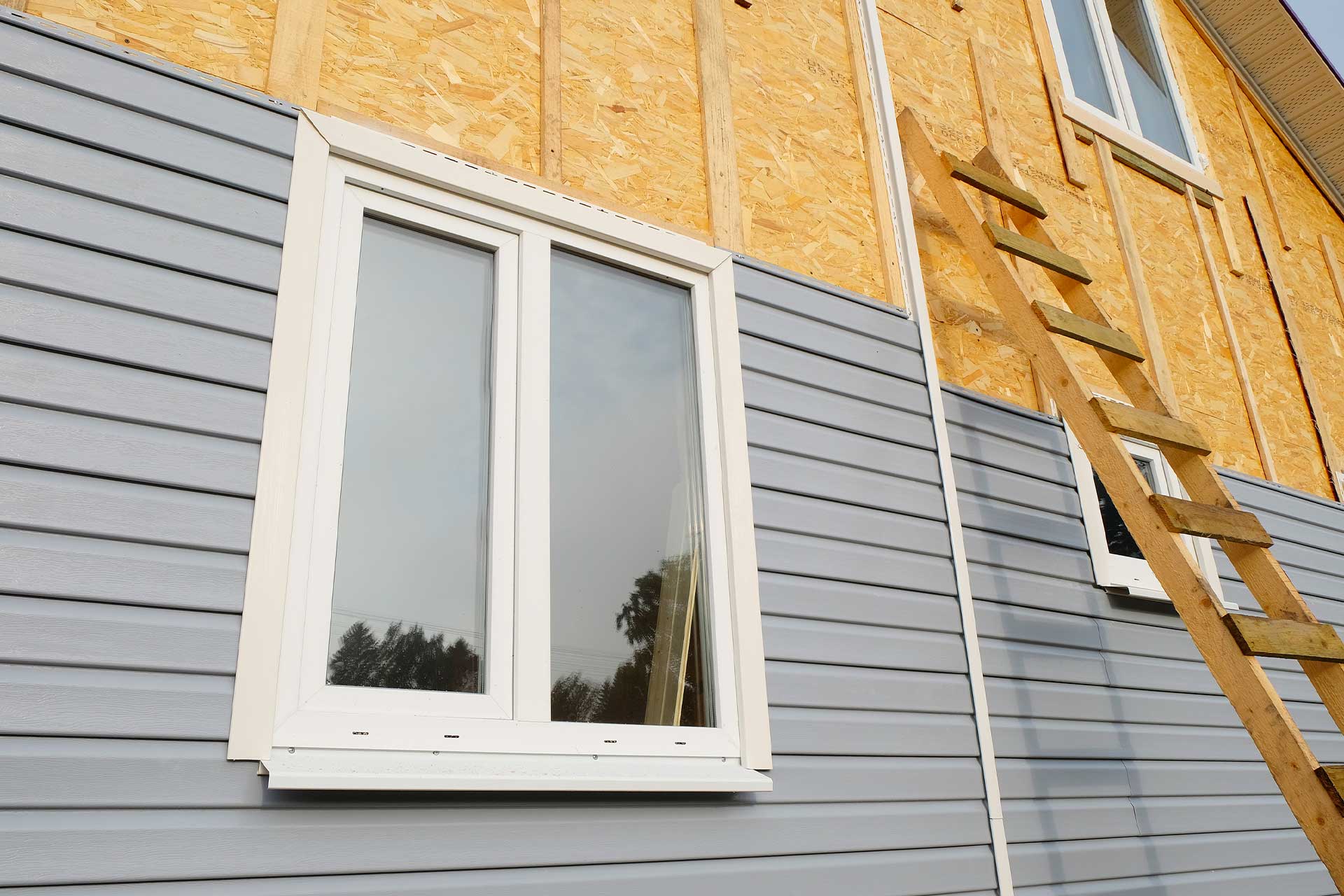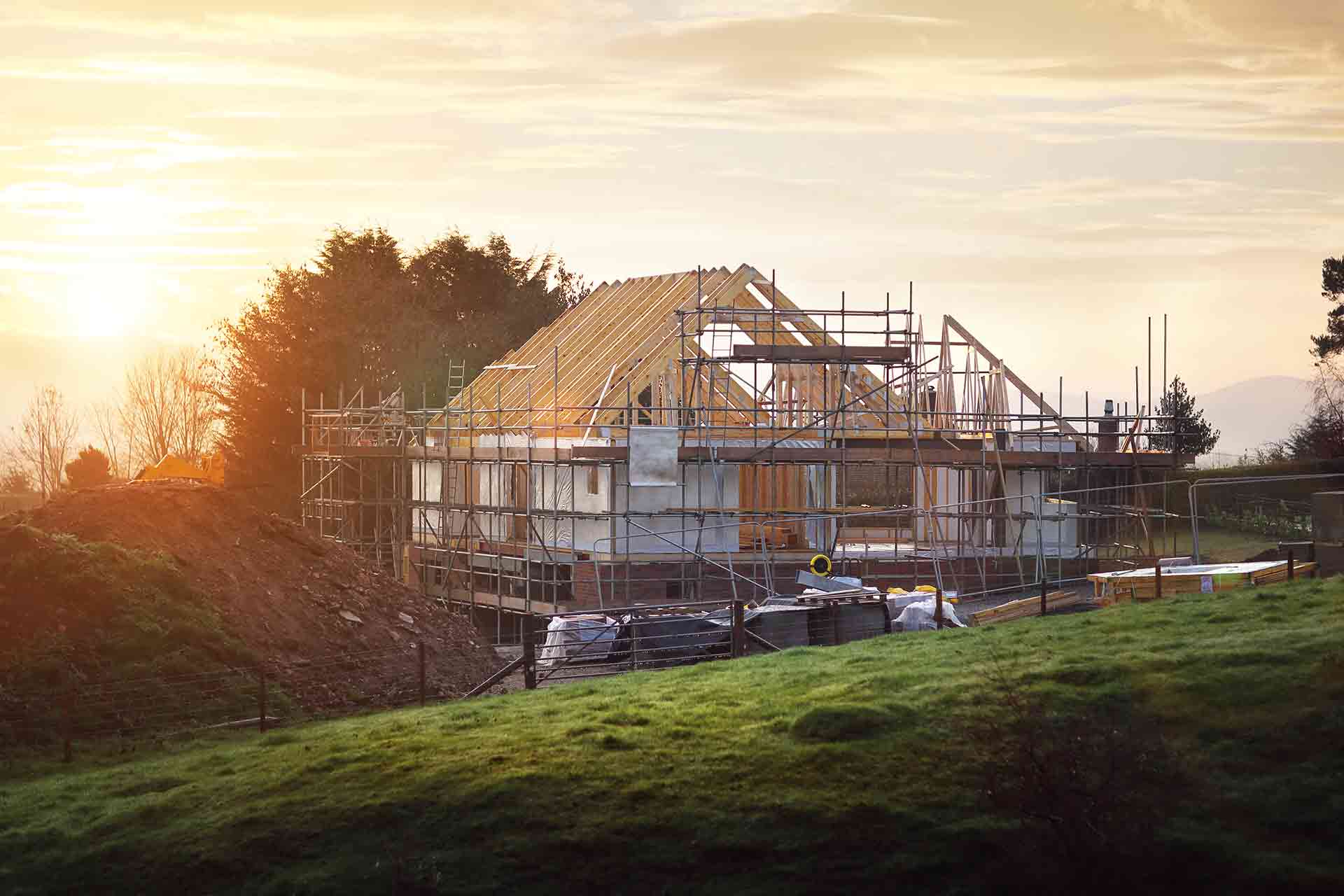Blog>Ideas>House design ideas: Superior exteriors for greater kerb appeal
Last updated: 2 August 2023
House design ideas: Superior exteriors for greater kerb appeal
Looking to maximise your kerb appeal with the design of your house? There are lots of options for you to consider.

We often overlook our home's exterior and put up with what we have – inherited or otherwise. However, some small changes can create a big impact. For example, replacing or updating cladding, windows, doors and/or roofs might be all you need to transform your house.
So, who might benefit from our inspiring house design ideas?
Anyone looking to renovate, clad or redesign their home's exterior aesthetic – and even those looking to build a house from scratch.
Not you? Well, read on anyway – especially if you're curious about the various house designs available on the market and how they came to be. For that, we're going to take a trip through architectural history.
See the tradespeople we've checked and recommend for your job
Historical house design ideas
The Tudor Thatched (1485 –1560)
Originally inspired by 16th-century continental architecture, these charming timber-framed thatched houses have stood the test of time. Nowadays, they're mostly found along sprawls of England's quintessential countryside.
The Catholic Stuart (1603–1714)
Half timber-framed with strong Catholic influences, these sharp-edged and rigid houses began dabbling with bricks and stones in the 17th century.
The Symmetrical Georgian (1714–1790)
Elegance infused these Palladian style houses, with famous architects of the time designing symmetrical facades adorned with Greek motifs and ornate decorations. Consequently, Georgian townhouses remain popular among discerning homebuyers to this day – especially homes that retain their original features.
The Victorian Gothic (1839–1900)
These houses feature heavily in ghost stories. However, it's only because the Industrial Revolution came to town and revived Gothic architecture – a defining feature of the Victorian era. As a result, bricks became commonplace, along with pointed patterns, arches and features that embraced a 'lavish and elaborate' aesthetic – all in an effort to show off a homeowner's wealth.
The Queen Anne Timber Hood (1880–1990)
A distinct style was born during this epoch, which was heavily influenced by Dutch design trends. However, the style mainly took off in London, where gorgeous timber-framed hoods gave a nod to old farmhouses. Materials like terracotta tiles and panels started to appear, which saw red bricks growing in popularity too.
The Bright Edwardian (1900–1918)
The era that introduced electric lights and a not-so-coincidental desire for cleanliness also transformed architecture. As a result, Edwardwardian houses are notable for their lighter and brighter designs. Above all, they were inspired by the late 17th-century Baroque style, which is defined by its elaborate and colourful carvings and patterns.
The Affordable Addison (1919)
In the years following World War I, the working class revealed a greater need for affordable yet decent housing. Thus, Addison houses were born. Their designs were based on countryside cottages that allowed for lots of natural light. Therefore, tall windows and dormers grew in popularity.
The Art Deco 20s, Semi 30s, and Airey 40s
It was a period of experimentation – a time for architects to have fun and introduce new building materials, ideas and motifs. Pebble-dashed walls, mock timber frames, porches, hipped roofs and bay windows all started to emerge alongside the experimental art deco styles. However, these contrasted with the stark concrete and metal Airey houses that went up in response to the booming housing demand.
The Heated Terrace (1970s)
Terraced houses were another affordable addition to the housing market, and were particularly popular due to the sought-after central heating and garage provisions. Weatherboarding and hanging tiles also offered enough character to satisfy modern design trends.
The Traditional New Build (1990s)
Somewhat ironically, 1990 new builds wanted to revive traditional housing trends. Features such as mock timber framing and rendered walls added interest, while the growing popularity of double glazing and insulation kept these houses firmly in the 20th century.
The Modern Minimalist (Present)
Eco house designs are on the rise. Eco-friendly and minimalist living favours homes with copious amounts of sunlight, energy efficiency and sustainable materials. That's why glass, steelwork, solar panels and reclaimed wood are materials growing in popularity.
Like what you see? There’s plenty more where this came from. Discover more ideas, inspiration, tips and how-tos via Checkatrade’s blog.
More Ideas
See the tradespeople we've checked and recommend for your job
